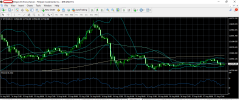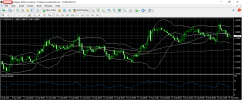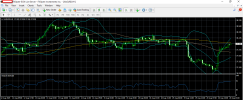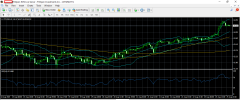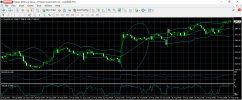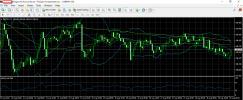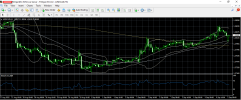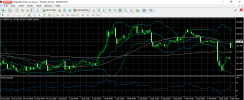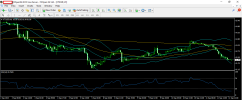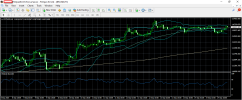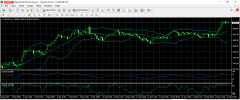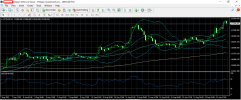
Bitcoin moves near key resistance near its all-time high of $123,000
Bitcoin's price remains hovering near its all-time high of $123,000. The BTC/USD price on Wednesday, August 13, drew a bullish candle with a long body and short wick at the bottom of the candle. The price formed a high of 122966, a low of 118916, and a close of 122896 on FXOpen's platform. Some traders appear to be awaiting Bitcoin's breakout momentum, which could send the price rising to a new all-time high.
Fundamentally, Bitcoin currently enjoys positive market sentiment. Many analysts view 2025 as the post-halving year, which historically triggers significant price spikes. The total crypto market capitalization is currently reported to have reached $4 trillion.
Institutional adoption remains a key driver. Reports indicate significant interest from financial institutions in crypto ETFs such as Bitcoin and Ethereum. The BlackRock Bitcoin ETF (IBIT) launched by leading university Harvard University, demonstrates this trend. Strong fund flows into the Ethereum ETF (ETHA) also strongly indicate institutional interest.
Developments in crypto regulations in the US are also providing positive support for Bitcoin. President Trump's executive order to ease access to digital assets in retirement plans could open the door to significant capital inflows into the crypto market.
Technically, Bitcoin has recently hovered around its all-time high, despite a brief correction. Some analysts see technical patterns indicating a potential further breakout, possibly reaching $126,000 or even $130,000. Some Bitcoin miners, such as Sequans, have also reportedly increased their Bitcoin holdings.
Today, the market will focus on the release of US economic data, namely the Producer Price Index (PPI) and Jobless Claims. These data will provide clues about inflationary pressures and the state of the US labor market.
The Fed appears to have factored in the possibility of an interest rate cut. Statements from Fed officials, such as Barkin's speech today, will be closely watched for further clues regarding future monetary policy.
DXY sentiment remains generally weak, recently dropping to a two-week low. This decline may have been driven by market speculation about potential interest rate cuts and increased risk-on sentiment, which has driven investors to choose riskier assets, including crypto.


